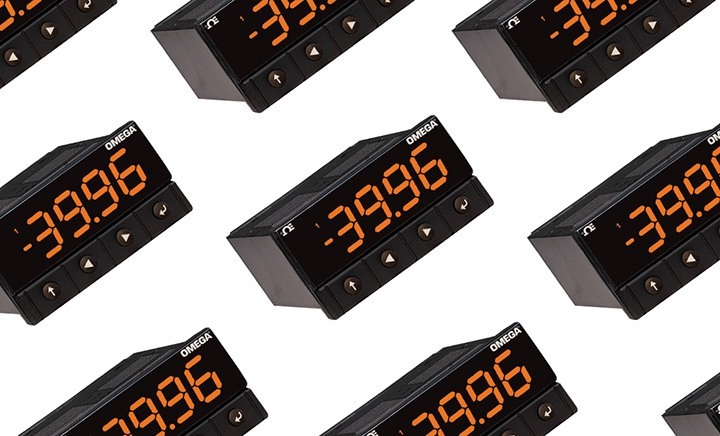


Despite its widespread use, the measurement of T rec has several important limitations. In addition, T rec also serves as the criterion standard for temperature measurement in hyperthermic athletes. On the other hand, measurement of rectal temperature ( T rec) represents a valid and reliable T c measurement for individuals at rest and while exercising and is employed in the majority of sports science thermoregulatory studies. However, measurement of the temperature in the pulmonary artery or esophagus is invasive, requires trained medical personnel, and thus remains of limited use, even in laboratory settings. With respect to validity, measurements in the mouth, aural canal, and armpit, and on the forehead remain questionable, while measurements of T c in the pulmonary artery, esophagus, and the rectum have been shown to provide valid T c data. For a comprehensive overview of different T c measurement methodologies, the readers are recommended to consult a recent review by Tyler et al. T c can be assessed at different body sites, such as the rectum, esophagus, pulmonary artery, mouth, aural canal, armpit, and forehead. It is therefore of utmost importance to provide athletes and coaches with a valid, reliable, and easily applicable strategy to monitor T c. Monitoring T c in training is, therefore, an important part of the training process both for achieving the desired stimuli/adaptation to a given training session and secondly to prevent heat-related medical issues. For optimal heat acclimation, the training guidelines advise athletes to exercise for a prolonged time (e.g., 60–90 min) at T c above 38.5 ☌.

Out of these strategies, heat acclimation and heat acclimatization appear to provide optimal benefits. To offset the impact of thermally stressful environmental conditions, numerous strategies have been developed to help manage heat stress. Prolonged, intense exercise in such a hot environment impairs athletic performance, causes a rise in core body temperature ( T c) and increases the risk for potentially life-threatening exertional heat illness (heat stroke) associated with a T c above 40 ☌. In conclusion, the results obtained do not support the manufacturer’s claim that the CORE sensor provides a valid measure of core body temperature.ĭuring the 2020 Olympic Games in Tokyo and 2022 FIFA World Cup in Qatar, temperatures above 30 ☌ are expected. However, under both levels of heat load, the body temperature indicated by the CORE sensor did not agree well with T rec, with approximately 50% of all paired measurements differing by more than the predefined threshold for validity of ≤0.3 ☌. The first major finding was that the reliability of the CORE sensor is acceptable, since the mean bias between the two identical trials of exercise (0.02 ☌) was not statistically significant. In both cases the core body temperatures indicated by the CORE sensor were compared to the corresponding values obtained using a rectal sensor ( T rec). In Study II, 13 males were subjected to moderate-to-high heat load by performing 90 min of cycling in the laboratory at 31 ☌ and 39% relative humidity. In Study I, 12 males were subjected to a low-to-moderate heat load by performing, on two separate occasions several days apart, two identical 60-min bouts of steady-state cycling in the laboratory at 19 ☌ and 30% relative humidity. Therefore, the purpose of this study was to evaluate the validity and reliability of the CORE sensor. One such novel non-invasive sensor was recently introduced onto the market (CORE, greenTEG, Rümlang, Switzerland), but, to our knowledge, a validation study of this device has not yet been reported. Accordingly, a noninvasive sensor that allows reliable monitoring of T c would be highly beneficial in this context. Monitoring core body temperature ( T c) during training and competitions, especially in a hot environment, can help enhance an athlete’s performance, as well as lower the risk for heat stroke.


 0 kommentar(er)
0 kommentar(er)
